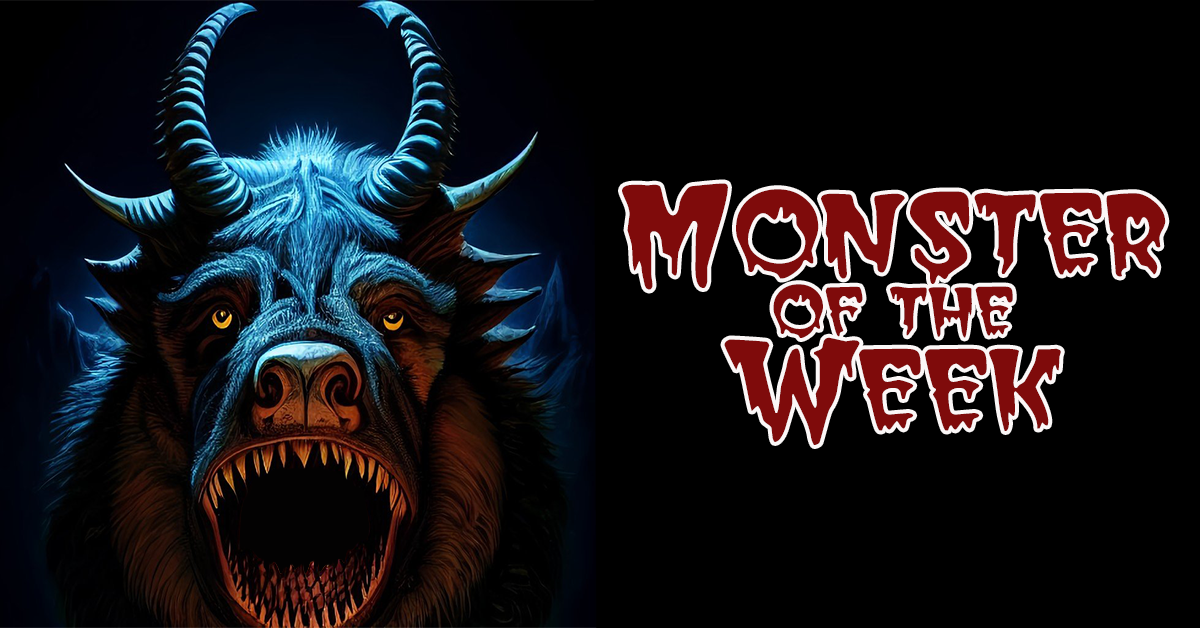We may earn money or products from the companies mentioned in this post.
This is the second article from a previous incarnation of the Death Cookie about using Tarot Cards in games. For more background, and the first article, click here. Also, please forgive how blatantly I was ripping off Ravenloft for the setting.
I’m currently working on putting together a new game in my fantasy world, Kreos. It’s been a couple of years since I’ve used the setting, but I’ve run several previous campaigns in the world. Most of these have been vast, world-spanning adventures with a number of players taking actives role in the creation of the world. While there is a wealth of information about the world written down and mapped out, continuity of players allowed most information about the world to be passed down through oral tradition.
Unfortunately, many of the old Kreos players are unavailable for the new game, which means I need to communicate the flavor of the world to a whole new group. To this end (and because I’m moving the timeline up by 40 years and making a few continuity changes), the new campaign will be focused on a specific kingdom in the world–Zarnestria–so that the new players won’t have to take in the whole world at once. I’m also creating sort of a “players guide to Zarnestria” with tons of information on the people, gods, and history of the country.
Most important for this article is that last bit–the history. As a student of history, I realize what’s happened in the past is very important to how people think and act in the present. While I know a good deal the present and recent past of the Zarnestria from previous campaigns, the history of the country hasn’t really been detailed. While I might have been able to simply make up the past based on my knowledge of the present, I didn’t feel up to the task of creating a full, rich history out of whole cloth. I decided I needed some kind of system to help generate ideas.
Luckily, I was able to turn to my own brilliant ides for inspiration. Namely, my “In the Cards” article from a previous issue of the DC. In that article, I suggested using Tarot cards as inspiration. This seemed especially appropriate for Zarnestria, since their gods are based on the Major Arcana. I gave it a try, but the first few cards didn’t give me any great insight. I decided a secondary source of divination might be useful to help flesh out the meanings of the cards. I tried to think of something, but didn’t have a lot of luck. So I put it off for a while, hoping for inspiration.
A couple of days later, I went to see Bandits. Before the movie, there was a trailer for the new Lord of the Rings movie, and it looked awesome. While I’m not a big Tolkien fan (I enjoyed The Hobbit, but barely managed to wade through the first book of the LOTR trilogy), I love Peter Jackson’s other work and had high hopes for the movie. The trailer raised my expectations even more, so when I got home I decided to learn a bit more about the movie. I figured the Internet Movie Database would be a good place to start.
That’s when it hit me. I’d use the IMDB as my secondary source of inspiration for Zarnestrian history. I’d simply pull a tarot card, type the name into the IMDB, and see what came up. From there, I could use the meaning of the card along with assorted information from the IMDB and my present knowledge of Zarnestria to generate a historical event. It worked out pretty well. While I did a LOT of card-pulls and searches to generate the full 700 years of recorded Zarnestrian history, a few of the highlights are given below.
I knew that even before the beginning of recorded history, the Zarnestrians had arrived in their future home to find it chock full of evil. I knew that they’d managed to somewhat contain the evil (at least during the day–it’s still a pretty creepy place at night). But there was something missing. I needed a hero-a person of legendary stature whose name is spoken with awe even today. So I drew a card, the Moon. Among other things, the Moon can represent secrets. It also jives with the journey to the otherworld. That’s pretty easy. Our hero is a wizard or shaman who journeyed to the realms of the gods to learn the secrets necessary to defeat the evil that plagued the land. For a little further detail, I typed “Moon” into the IMDB. There were plenty of results, so I more or less picked one at random–Moon 44. Looking over the cast list, I found Malcolm McDowell. I could see him playing a wizard, so I note that he’s WWPHITM for my legendary mage, Heteny Akos.
I draw a few more cards and fill in some established history (in cases where the exact timeframe of a historical event is unknown, I put it in whenever I pull an appropriate card. For example, The Sun heralds the crowning of the great King Elod). A few draws down the line, I pull the 10 of Wands, which more or less represents stress. That doesn’t quite give me an event, so I type “Ten of Wands” into the IMDB. Through some quirk in the search engine, Not Another Teen Movie, starring Jaime Pressly, pops up. So I’ve got a stressed out hot babe. Mulling over this a few minutes, I come up with a beautiful princess who commits suicide when she is forbidden from marrying her true love. This tragic tale will make a nice legend.
Next comes the Death card–a major change is coming for the nation. The IMDB gives me Death to Smoochy, starring Edward Norton and Danny DeVito. So, we’ve got a change involving Tyler Durden or a short guy. Since I know that at some point the gnomes settled in Zarnestria, I go with the short guy angle. This fits with the transformation meanings of the Death card, since a new ethnic group (with new religions, customs, and so forth) is bound to result in a few changes.
A little later I pull the Hanged Man–sacrifice. The IMDB doesn’t give me much. The only actor I recognize is Norman Fell–you know, Mr. Roper on “Three’s Company.” I can work with this. Mr. Roper was a landlord, so maybe a dispute over land ownership is in order. In the end, I decide on a peasant uprising against noble landowners. The Hanged Man fits because the leaders of the rebellion are extremely dedicated to the cause.
A few more card draws (and an NPC Count based on James Garner’s “Maverick” character, the pilot of which was titled “The Lazy Ace”), the revolution has been settled. The next card is the 3 of Coins, which represents initiation and new experiences. The three gets me tons of sequels from IMDB, including Scream 3. Since a running theme of that movie amounts to roughly “anything goes–the old rules don’t apply.” I figure this is a good place to throw in my vampire count. Or at least that’s what everyone thinks he is, since he demands what amounts to a virgin sacrifice every so often and has been alive for hundreds of years. I decide that this point in the timeline is when he demands his first “sacrifice.” [Editor’s Note: He’s not really a vampire. The “sacrifices” are trained as spies and sent to foreign lands.]
I keep drawing cards until I’ve got a pretty thorough history. The 6 of Wands (good news) and Snatch (aka Lock, Stock, and 6 Stolen Diamonds) heralds the discovery of rich silver mines. The 10 of Swords (with some help from The Ten Commandments) brings religious strife. The King of Wands gives me a powerful wizard in the form of Ian McKellen (from Return of the King, which is appropriate enough since LOTR gave me the idea to begin with). The 8 of Wands (somethin’s gonna happen) gives me Jennifer 8. Since Uma Thurman’s character in that movie is blind, this seems like a good place to work in a dark prophecy I’ve had my eye on. And so on and so on, until I’ve filled in enough events for a nice, full history.
As you can see, this little method of history generation works pretty well. The second source of ideas helps channel the more general results of the Tarot cards into a specific event. Unlike using a random “campaign history generator” table, there’s a much wider range of possibilities, and since the method leaves plenty of room for interpretation, it’s easy to fit the results to the setting you’re building. Don’t feel confined to my methods, of course. Throughout history, people have used everything from chicken guts to cheese for divination. With a little imagination, nearly anything can inspire ideas for your game setting, characters, and campaigns. And if you happen to come up with a way to generate NPCs by staring at soap bubbles and consulting a Magic Eightball, I’d love to hear about it.
[Editor’s Note: If anyone’s interested, you can download the Zarnestria PDF I put together from my personal web site.]





